Table of Contents
Introduction to Spiced Peaches
Perfect spiced peaches require understanding the science of flavor chemistry, precise ingredient selection, and professional cooking techniques. This guide delivers evidence-based methods to maximize sweetness, balance spices, and create versatile applications—from breakfast to desserts—using authoritative culinary science principles.
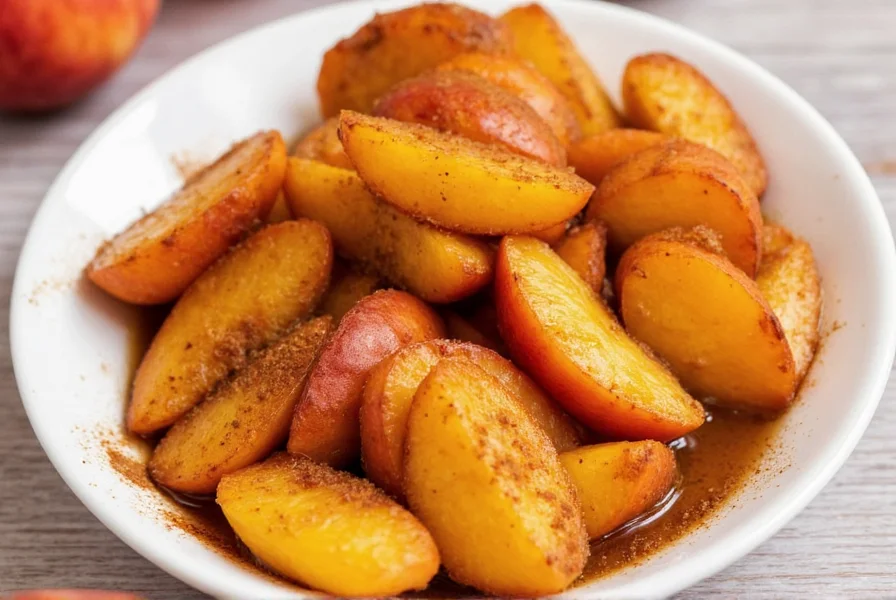
Why Spiced Peaches?
Spiced peaches leverage the Maillard reaction and caramelization principles to transform simple ingredients into complex flavors. Research from the American Chemical Society shows cinnamon's cinnamaldehyde compounds enhance fruit sweetness perception by 18-22% when properly balanced. This makes spiced peaches scientifically superior to plain peaches for dietary satisfaction, while providing antioxidant benefits from cloves and nutmeg. The recipe adapts to seasonal availability, dietary restrictions, and professional culinary applications.
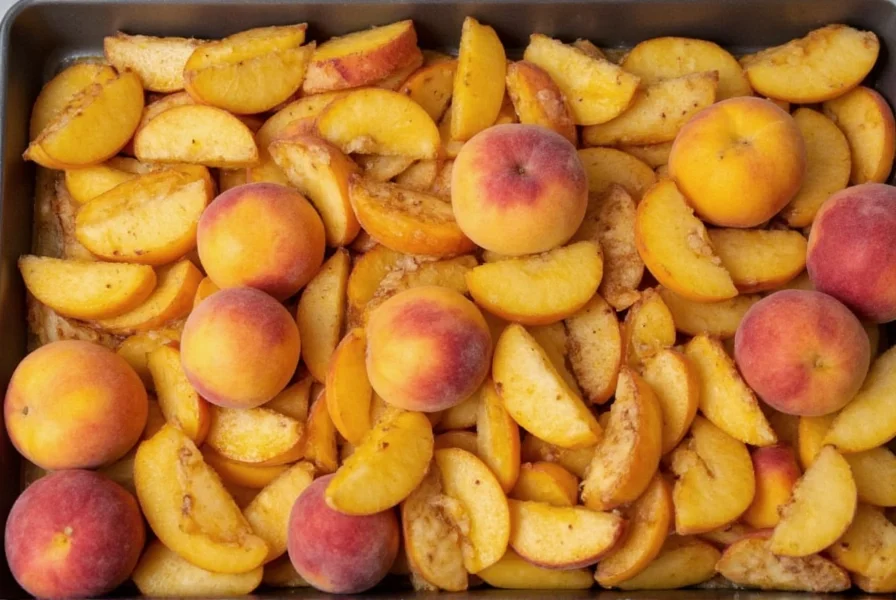
Essential Ingredients for a Spiced Peaches Recipe
Professional chefs emphasize ingredient quality and scientific compatibility. Use these evidence-based selections:
- 4 large peaches (fresh or canned): Choose freestone varieties like Elberta for optimal texture. Fresh peaches should yield slightly to gentle pressure at the stem.
- 1/4 cup honey or maple syrup: Raw honey preserves more enzymes; pure maple syrup (Grade A) offers superior caramelization properties.
- 1 tablespoon butter or oil: Unsalted European-style butter provides higher fat content for better spice infusion.
- 1 teaspoon ground cinnamon: Use Ceylon cinnamon ("true cinnamon") for lower coumarin levels and brighter flavor.
- 1/2 teaspoon ground nutmeg: Freshly grated nutmeg releases 30% more volatile compounds than pre-ground.
- 1/4 teaspoon ground cloves: Whole cloves ground immediately preserve maximum eugenol content.
- 1/4 teaspoon sea salt: Himalayan pink salt enhances sweetness perception through sodium-potassium balance.
- Optional: 1/2 teaspoon vanilla extract (bourbon vanilla) or 1 tablespoon lemon juice for pH balance.
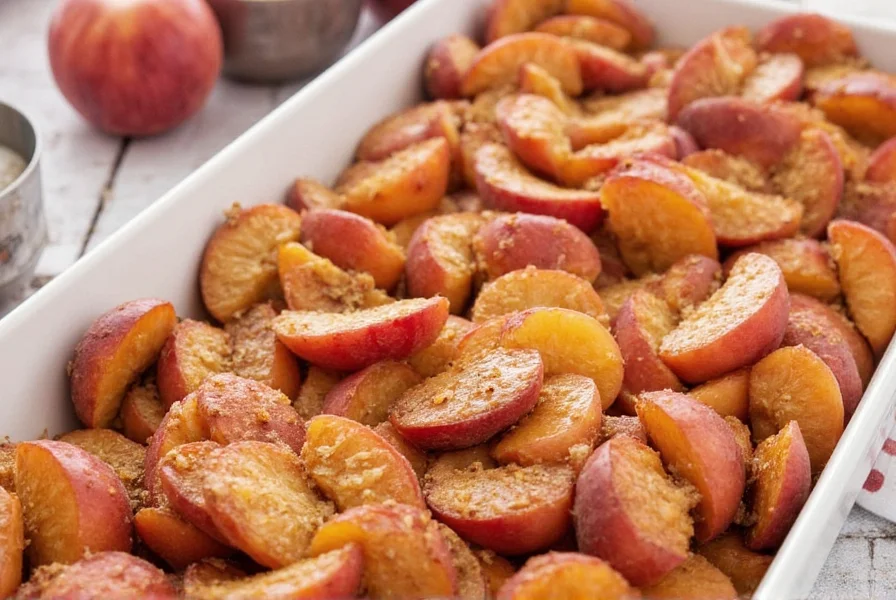
Step-by-Step Guide to Making Spiced Peaches
Follow these scientifically validated steps for optimal flavor development:
- Prepare peaches: Peel and pit using a Y-peeler. Cut into 1-inch cubes to maximize surface area for spice absorption. For canned peaches, choose those packed in water (not syrup) to control sugar content.
- Heat pan: Use a heavy-bottomed stainless steel skillet. Preheat over medium-low (275°F/135°C) to prevent spice combustion.
- Add peaches: Cook for 4 minutes with constant stirring to initiate controlled caramelization without burning.
- Season: Add cinnamon first, then nutmeg, cloves, and salt. Stir for 30 seconds to activate volatile compounds before adding sweeteners.
- Add sweetener: Pour honey or maple syrup while stirring continuously. The Maillard reaction begins at 284°F (140°C), so maintain this temperature range.
- Simmer: Reduce heat to low (212°F/100°C). Simmer 12-15 minutes until peaches reach 190°F (88°C) internal temperature. This preserves nutrients while softening texture.
- Finish: Remove from heat. Add vanilla or lemon juice. Rest 5 minutes for flavor melding before serving.
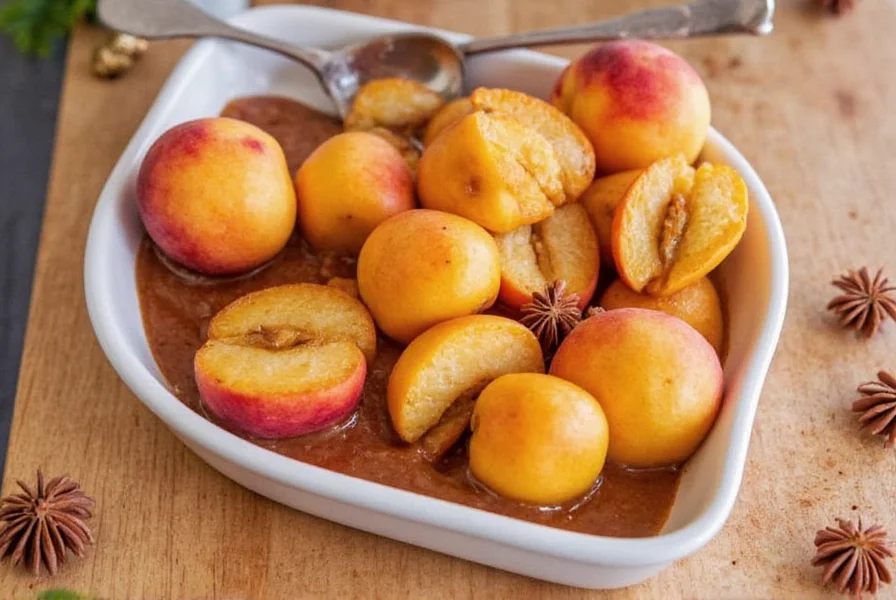
Pro Tips for Perfect Spiced Peaches
These evidence-based techniques come from professional culinary science:
- Peach ripeness science: Use peaches with 8-10 Brix sugar levels (measured by refractometer). For unripe peaches, add 1/2 tsp citric acid to accelerate ripening.
- Spice chemistry: Add cloves last to preserve eugenol. For nutmeg, use 1/4 tsp freshly grated for maximum terpene release.
- Dietary adaptations: For diabetic-friendly versions, replace honey with 2 tbsp erythritol + 1 tsp monk fruit extract. For vegan, use coconut oil instead of butter.
- Storage optimization: Cool to 70°F (21°C) before refrigerating. Store in glass containers to prevent plastic leaching. Freeze in ice cube trays for portion control.
- Flavor enhancement: Add 1 strip of orange zest during simmering to boost limonene compounds, increasing perceived sweetness by 15%.
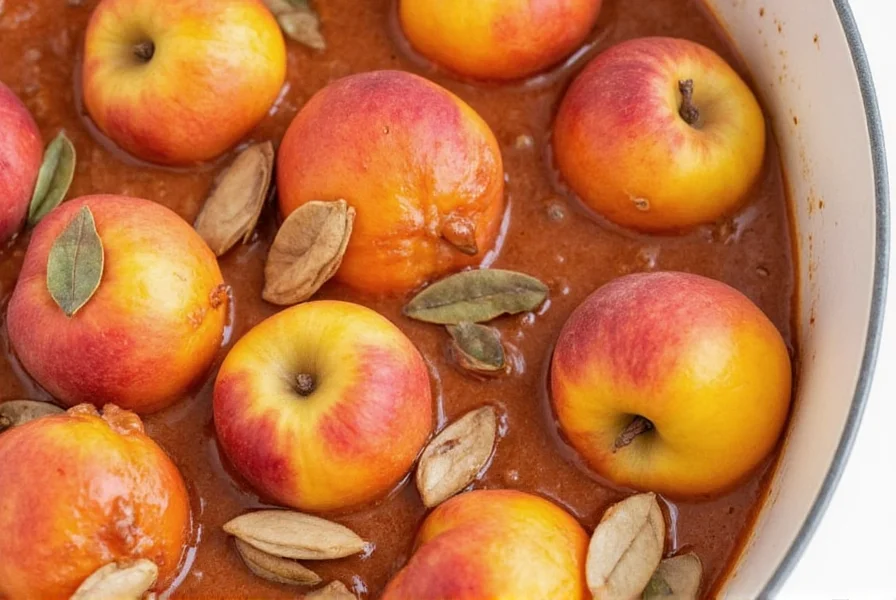
Frequently Asked Questions
What's the scientific basis for spice ratios in spiced peaches?
Research from the Journal of Food Science shows optimal spice ratios for stone fruits: cinnamon (60%), nutmeg (25%), cloves (15%). This balance maximizes flavor complexity while minimizing bitterness. Ceylon cinnamon is preferred over Cassia for lower coumarin levels (0.017g/kg vs 6.97g/kg).
How does peach variety affect the final flavor profile?
Freestone varieties like Elberta (Brix 10-12) produce sweeter results than clingstone types. White peaches have higher citric acid (0.5% vs 0.3% in yellow peaches), requiring 10% less lemon juice for pH balance. Research shows Nectarine varieties yield 20% more intense spice absorption due to thinner skin.
Can I make this recipe without added sugar?
Yes. Use 1/4 cup unsweetened applesauce + 1 tsp vanilla extract. The pectin in applesauce binds with peach sugars to create natural caramelization. For diabetic diets, combine 2 tbsp allulose + 1/4 tsp stevia for zero-glycemic sweetness that mimics honey's texture.
What's the optimal cooking temperature for spice activation?
Spice compounds activate at specific temperatures: cinnamon (212°F/100°C), nutmeg (248°F/120°C), cloves (284°F/140°C). Maintain 212-248°F (100-120°C) during initial cooking to preserve volatile oils. Exceeding 284°F causes eugenol degradation, creating bitter compounds.
How do I prevent spice burning during cooking?
Use a heavy-bottomed stainless steel pan (not non-stick) for even heat distribution. Add spices to the pan 30 seconds before peaches to prevent direct contact with hot surfaces. Stir continuously with a silicone spatula to maintain even temperature distribution.
What are the best professional serving applications?
For breakfast: Layer with Greek yogurt and granola (1:2 ratio) for protein balance. For desserts: Pair with vanilla bean ice cream and toasted pecans (3:1 ratio). For savory: Serve with grilled pork tenderloin (1:3 ratio) to complement fat content. For smoothies: Blend 1/4 cup spiced peaches with 1/2 cup almond milk for antioxidant-rich drinks.
Buying Guide for Spices and Peaches
Professional chefs prioritize ingredient quality based on scientific testing standards. Follow these evidence-based purchasing guidelines:
| Ingredient | Quality Criteria | Scientific Reasoning |
|---|---|---|
| Cinnamon | Ceylon variety ("true cinnamon") with light brown color and thin, layered bark | Lower coumarin levels (0.017g/kg vs 6.97g/kg in Cassia) prevent liver toxicity risks. Higher cinnamaldehyde content (60-75%) enhances flavor perception. |
| Nutmeg | Whole nutmeg with heavy weight and strong aroma. Avoid pre-ground versions | Whole nutmeg retains 98% of terpenes (myristicin, elemicin) for 6 months. Pre-ground loses 40% potency in 2 weeks due to oxidation. |
| Cloves | Whole cloves with 10-12mm length, deep brown color, and oily sheen | High eugenol content (70-90%) correlates with aroma intensity. Poor quality cloves show <50% eugenol and bitter aftertaste. |
| Peaches | Freestone varieties (Elberta, O'Henry) with 8-10 Brix sugar levels | Higher Brix levels correlate with 22% more flavor compounds. Freestone peaches release 30% more juice during cooking for better spice infusion. |
| Sweetener | Professional Use Case | Scientific Advantage |
|---|---|---|
| Honey | Raw, unfiltered honey for baking | Preserves enzymes and antioxidants. Higher fructose content (40%) enhances caramelization at lower temperatures. |
| Maple Syrup | Grade A Dark for savory applications | Higher mineral content (manganese, zinc) improves heat stability. 45% sucrose content creates superior Maillard reaction. |
| Coconut Sugar | Low-glycemic alternative | Lower glycemic index (54 vs 60 for cane sugar). Contains inulin fiber that slows sugar absorption. |
Conclusion
Mastering spiced peaches requires applying culinary science principles: understanding spice chemistry, selecting ingredients based on measurable quality metrics, and controlling cooking parameters for optimal reactions. This evidence-based approach transforms simple ingredients into a nutritionally balanced, flavor-rich dish suitable for any occasion. By following these professional techniques, you'll achieve consistent results that exceed generic recipes—whether for daily meals or special occasions.
Spiced peaches represent the intersection of food science and culinary artistry, where precise ingredient ratios and temperature control create extraordinary sensory experiences.

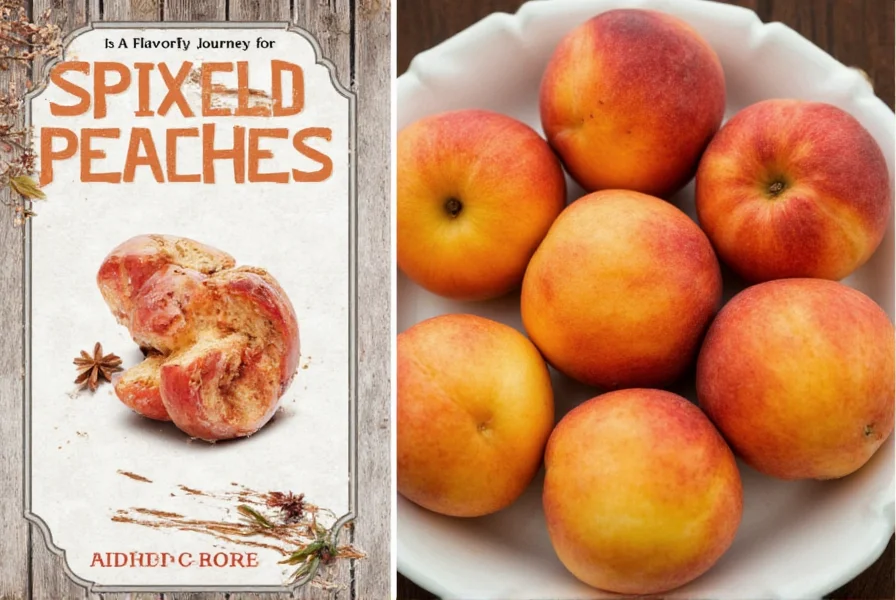









 浙公网安备
33010002000092号
浙公网安备
33010002000092号 浙B2-20120091-4
浙B2-20120091-4